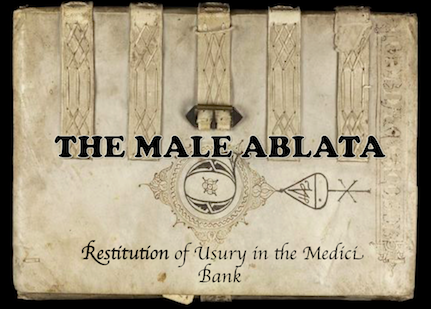Introduction to the Thesis Project
Unlike many institutions that have undergone drastic evolution since their initial establishment, the medieval and early modern banks have withstood the test of time, and the essential features of banks have remained relatively unchanged since then. Throughout the period, moneylending had been condemned by the Church and restricted by usury bans in many Europeans states. Nonetheless, many Italians still ran pawnshops that gradually evolved into influential international banking networks that spread rapidly around the European continent and the British Isles.
While the topic of banking in Renaissance Italy is extremely broad, I aim to examine the way in which the anti-usury sentiments promoted by the Catholic Church caused Italian bankers to seek ways to save their reputations in the society and redeem themselves in the eyes of Church and God by commissioning religious art and donating it to religious institutions. I plan to analyze the way in which the new concept of purgatory and the idea that a usurer can be forgiven if he pays back the money that he had acquired through moneylending gave way to the tradition of commissioning and donating religious art to churches among Italian bankers. I am particularly interested in the way restitution through art was practiced by the Medici family and its supporters and employees. In preparation for this project, I have been looking at sources shedding light on the emergence of the medieval Italian pawnshops, the evolution of these pawnshops into international banking networks, the social restrictions, such as the denial of burial, placed on the Italian bankers in Medieval Europe, and the patronage of religious art that the bankers resorted to in order to elevate their status in the society and to restitute for their sin of usury.

